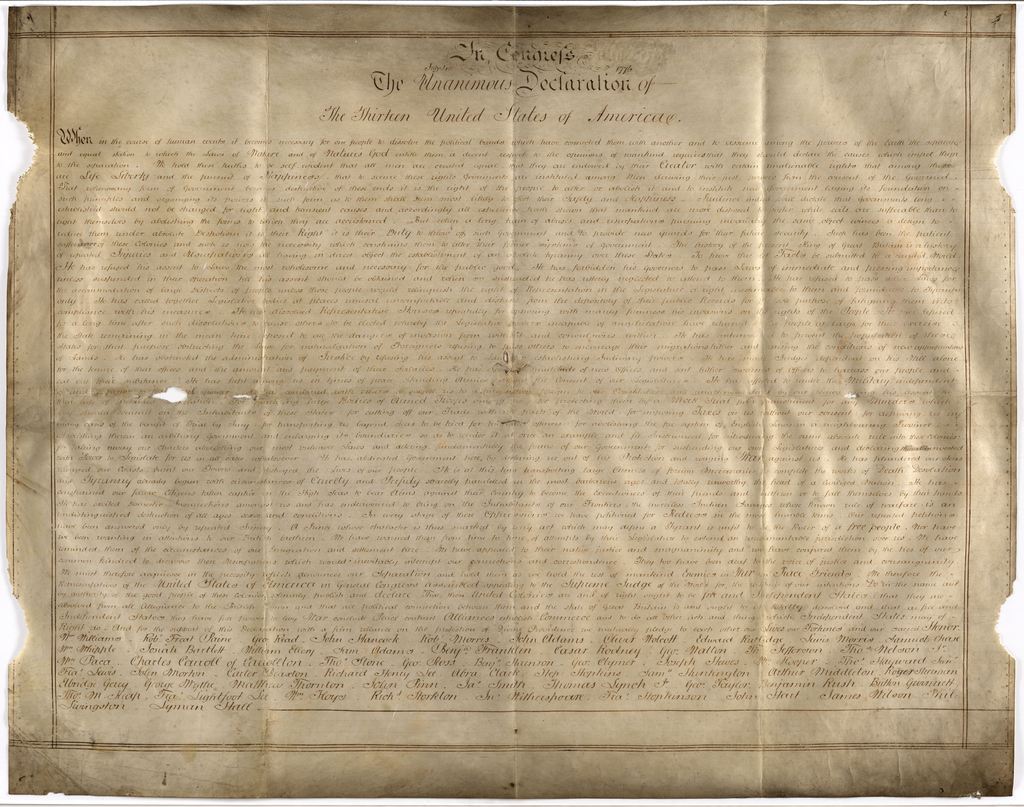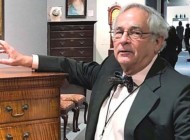CAMBRIDGE , MASS. — A duo of researchers at Harvard — Danielle Allen and Emily Sneff — have uncovered a parchment manuscript of the Declaration of Independence, which they have dated, based on material evidence, to the 1780s, the period of political contestation leading up to the Constitutional Convention.
At 24 by 30 inches, it is on the same ornamental scale as the Matlack Declaration housed in the National Archives, the only other known parchment manuscript. They have designated this as “The Sussex Declaration.”
Allen is the James Bryant Conant University professor at Harvard University. Sneff is the research manager for the Declaration Resources Project. Allen and Sneff’s paper describing the material evidence is currently in the final revisions stage with the Papers of the Bibliographic Society of America and has been posted to the Declaration Resources Project website.
The parchment is housed at the West Sussex Record Office in the United Kingdom and is believed to have been held originally by the third duke of Richmond, known as the “Radical Duke” for his support of the Americans during the Revolution. The parchment is, however, American and is most likely to have been produced in New York or Philadelphia. The team continues to work on identification for the clerk and commissioner of the parchment. As they argue in a paper that was presented at an April 21 conference at Yale, celebrating the 50th anniversary of Bernard Bailyn’s publication of The Ideological Origins of the American Revolution, the leading possibility is that the parchment was commissioned by James Wilson, or a political ally, as a part of advocacy efforts on behalf of the federal Constitution.
The team has also linked the parchment to two Nineteenth Century engravings of the Declaration of Independence: the Benjamin Owen Tyler engraving of 1818 and the L.H. Bridgham miniature of 1836. The most interesting feature of the parchment is its treatment of the list of names of signatories. In contrast to all other Eighteenth Century versions of the Declaration, on this parchment the list of signatories was not grouped by states. The team hypothesizes that this detail supported efforts, made by Wilson and his allies during the Constitutional Convention and ratification process, to argue that the authority of the Declaration rested on a unitary national people, and not on a federation of states.
On this parchment, the phrase “pursuit of happiness” is followed by a dash only, and not by a period. The phrase “consent of the governed” is, however, followed by a period.
The team is currently developing a collaborative project with the West Sussex Record Office, the British Library, and the Library of Congress to conduct hyperspectral imaging and other non-invasive analyses of the parchment.





